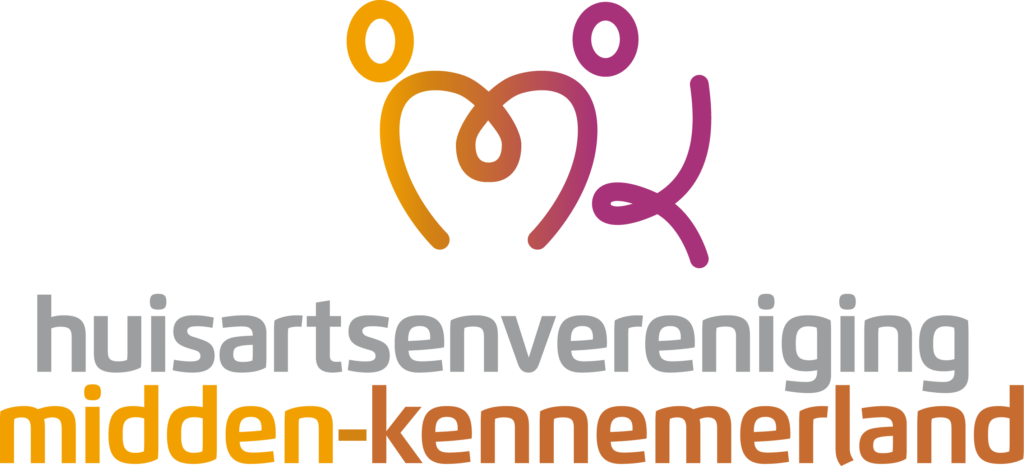In the realm of medicine and sports science, the term anabolic indications refers to the specific signs, symptoms, or clinical conditions that suggest the need for anabolic therapy or interventions. These indications often guide healthcare professionals in diagnosing, prescribing, or monitoring treatments aimed at promoting tissue growth, repair, and overall anabolic processes.
What Are Anabolic Indications?
Anabolic indications encompass a range of clinical scenarios where stimulating anabolic processes—such as protein synthesis and cell growth—is beneficial. These are typically associated with conditions involving muscle wasting, hormonal deficiencies, or delayed development.
Common Conditions Associated with Anabolic Indications
Muscle Wasting Disorders
- cachexia due to chronic illness (cancer, AIDS)
- severe burns or trauma
- sarcopenia in aging populations
Hormonal Deficiencies
- hypogonadism in males
- certain forms of dwarfism
- testosterone deficiency
Developmental Delays
- delayed puberty in adolescents
- growth failure due to genetic or nutritional factors
Clinical Evaluation and Use of Anabolic Indications
Recognizing anabolic indications is crucial for appropriate therapeutic intervention. Healthcare providers assess signs and laboratory results to determine whether anabolic agents or therapies are warranted.
Assessment Criteria Include:
- Evidence of muscle mass loss or stunted growth
- Hormonal profile indicating deficiency
- Underlying disease etiology requiring tissue regeneration
- Patient's overall health status and contraindications
Therapeutic Implications of Anabolic Indications
When anabolic indications are present, clinicians may consider options such as:
- Anabolic steroids or androgenic agents
- Recombinant growth hormone therapy
- Nutritional support tailored to enhance anabolic processes
FAQs on Anabolic Indications
1. What determines an anabolic indication?
It is determined by clinical signs Anabolic buy of tissue deficiency, laboratory evidence of hormonal imbalance, and the patient's overall health condition that warrants anabolic therapy.
2. Are anabolic indications the same for everyone?
No, they vary based on age, gender, underlying health conditions, and specific diagnoses. Personalized assessment is essential.
3. Can anabolic indications be used to diagnose conditions?
While they guide treatment decisions, anabolic indications are not diagnostic on their own but part of a comprehensive clinical evaluation.
4. What are the risks associated with anabolic therapy?
Potential risks include hormonal imbalances, liver toxicity, cardiovascular issues, and behavioral changes. Proper assessment of anabolic indications helps mitigate these risks.
Conclusion
Understanding anabolic indications is vital for optimizing treatment strategies aimed at promoting growth, recovery, and tissue repair. Accurate identification ensures targeted therapy, maximizing benefits while minimizing risks.



